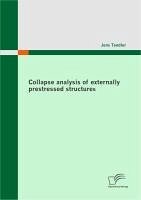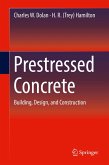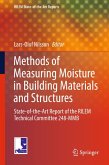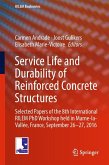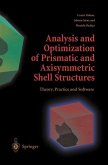The use of external prestressing is becoming more popular throughout Europe due to their expected higher durability and the possibility of active maintenance of the prestressing cables. Questions have been raised about the behaviour of these structures beyond service loads. A comprehensive numerical analysis has been carried out comparing the behaviour of three different types of externally prestressed bridges to a conventionally internally prestressed bridge. The external types are a monolithically built bridge with external tendons, a monolithically built bridge with external tendons and blocked deviators, and a precast segmental bridge with external tendons. The internally prestressed bridge is monolithic. The primary objectives are to determine whether or not ductile failure occurs, i.e. the load-deflection response, and the tendon stress increase at ultimate stage. The results show that the monolithically built bridges have a considerable higher ultimate moment capacity as well as deflection. This shows the advantage of using continuous ordinary reinforcement. All externally prestressed types did not reach the capacities of the internally prestressed bridge. It was found that ductility depends mostly on the reinforcement within the cross-section. Externally prestressed girders have no prestressing cables in the cross-section and need sufficient ordinary reinforcement in order to deform ductile. Although the tendon stress increase up to failure in the actual analysis is remarkable, the discussion shows that the magnitude varies greatly depending on the layout of the whole structure.
Dieser Download kann aus rechtlichen Gründen nur mit Rechnungsadresse in A, B, BG, CY, CZ, D, DK, EW, E, FIN, F, GR, HR, H, IRL, I, LT, L, LR, M, NL, PL, P, R, S, SLO, SK ausgeliefert werden.

